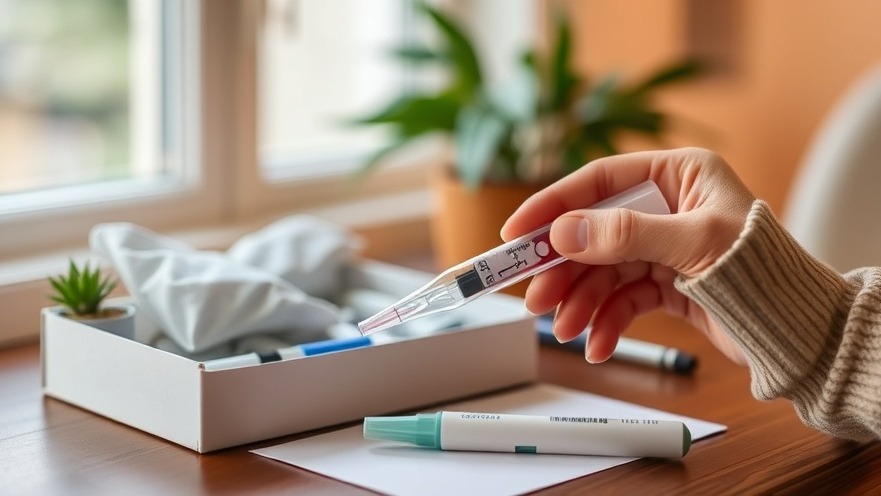
The Next Frontier in At-Home Diagnostics: Cancer and COVID Detection
The landscape of at-home diagnostic testing is on the brink of transformation. Researchers from the University of California, Berkeley, have developed an innovative biosensing technology that can significantly enhance the accuracy and sensitivity of at-home tests for diseases, including COVID-19 and prostate cancer. This groundbreaking study highlights a novel approach that could revolutionize patient care and expand healthcare accessibility.
Understanding the Coffee-Ring Effect
At the heart of this new technology is a natural phenomenon known as the coffee-ring effect. When a liquid droplet evaporates, it causes suspended particles to move toward the edges, creating a distinct pattern. This effect has been harnessed to concentrate disease biomarkers, enabling them to be detected with remarkable precision.
By integrating this effect with plasmonic nanoparticles and artificial intelligence (AI), the researchers have created a testing process that can deliver results in mere minutes. This could allow patients to easily conduct tests at home for conditions that previously required lab testing.
Boosting Sensitivity: A Game Changer for Diagnostics
Traditional at-home tests often struggle with sensitivity issues, leading to false negatives. With this new technique, sensitivity can increase by up to 100 times, meaning that patients are more likely to receive accurate results when tested for conditions such as COVID-19 or prostate cancer. With rapid screening becoming essential, especially in a post-pandemic world, this enhanced technology will likely drive higher patient engagement and timely intervention.
Why Accuracy Matters in Patient Care
For concierge health practitioners, accurate diagnostics are critical in determining treatment plans and improving patient outcomes. The ability to swiftly and correctly identify health issues through at-home tests can foster a proactive approach to healthcare management.
This technology not only promises better individual patient care but also addresses broader public health concerns by catching diseases earlier and more reliably. Furthermore, the ease of using an at-home test can encourage more patients to engage in regular health screenings, leading to earlier detection of potential conditions.
Accessible Healthcare: Bridging the Gap
Access to reliable diagnostics has long been a challenge, particularly in underserved communities where medical resources are scarce. This at-home test innovation paves the way for affordable and widely accessible health checks, thereby bridging the gap in healthcare equity. Ensuring that more people can monitor their health effectively could drastically change public health landscapes.
Future Predictions: The Next Steps in At-Home Diagnostics
As technology continues to advance, we can anticipate more widespread adoption of such diagnostic tools in clinical settings and everyday life. The evolution of telehealth and remote monitoring will facilitate more robust healthcare delivery, allowing practitioners to monitor their patients' health more proactively.
The next steps for developers will likely involve refining the testing devices, enhancing AI capabilities, and navigating regulatory pathways for effective deployment. As the technology progresses, practitioners must stay informed and consider integrating these tools into their practices to optimize patient care.
Conclusion: Embracing Innovation in Healthcare
The integration of cutting-edge diagnostic technologies into everyday healthcare practices presents both challenges and opportunities for concierge health practitioners. By embracing innovations such as the newly developed at-home test, practitioners can offer enhanced service, empower patients, and play a pivotal role in shaping the future of healthcare delivery.
As healthcare continues to evolve, ensuring that patients have access to accurate and timely information will be essential. Educating patients on the benefits of using such at-home diagnostics can significantly enhance their health outcomes and promote a healthier society.
For practitioners eager to stay ahead of the curve and explore the latest advancements in healthcare technology, this is an exciting time. Stay engaged, stay informed, and remember: the future of health diagnostics is just around the corner!
 Add Row
Add Row  Add
Add 






Write A Comment